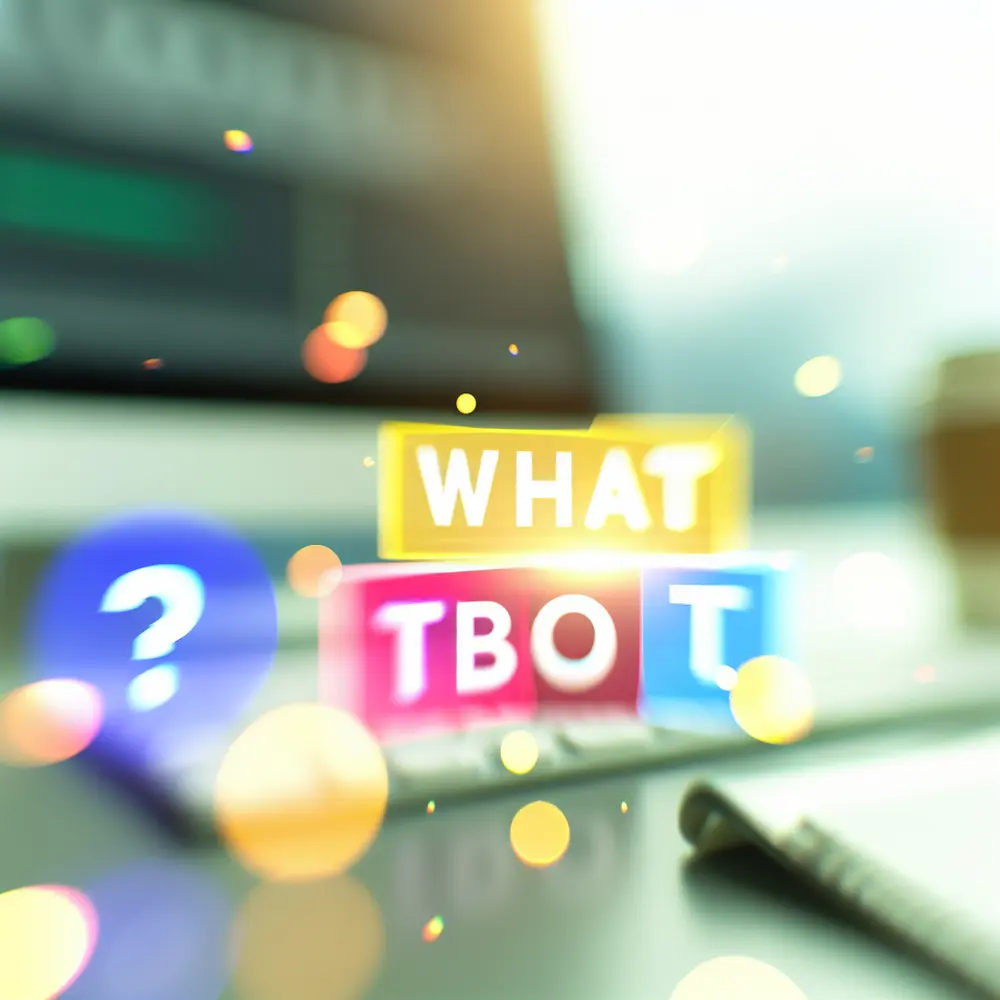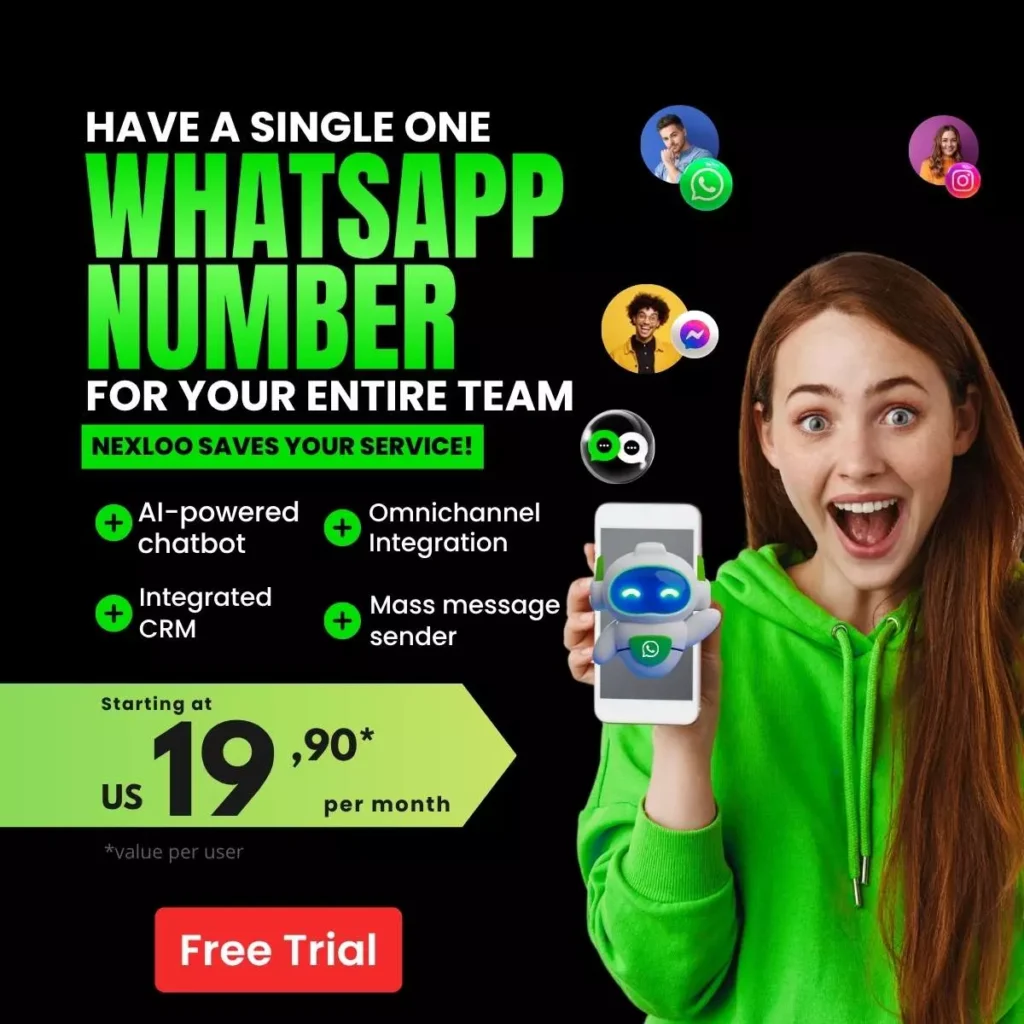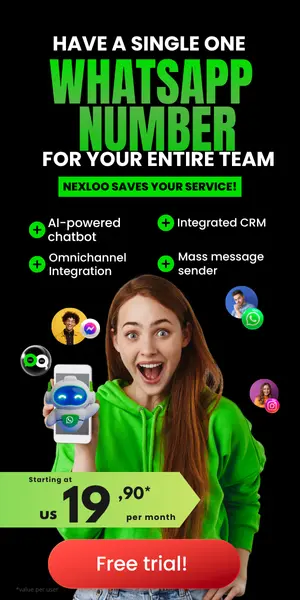In today’s fast-paced digital environment, businesses are constantly seeking innovative ways to enhance customer engagement and streamline communications. One tool that has gained traction among small and medium businesses, as well as marketing and sales professionals, is Typebot. This platform empowers users to create conversational experiences effortlessly, turning ordinary customer interactions into engaging dialogues. If you’re curious about how you can leverage Typebot for your business, you’re in the right place.
This article dives into the core functionalities of Typebot, offering insights into features that make it user-friendly and effective for users with varying levels of coding expertise. Additionally, we’ll explore tips and best practices for maximizing Typebot’s potential, as well as real-world case studies that showcase successful implementations. By the end, you’ll have a comprehensive understanding of how Typebot can transform your customer interactions and ultimately benefit your business.
As you embark on your journey with Typebot, whether you’re a beginner or looking to optimize your existing setup, it’s essential to grasp the essentials. From sign-up to launching your chatbot, we’re here to guide you through each step. With engaging insights and concrete examples, our goal is to keep you informed and equipped to navigate the world of conversational AI successfully.
Getting Started with Typebot
Typebot is designed to simplify the creation of conversational experiences for businesses. This step-by-step tutorial is tailored for small and medium businesses, as well as marketing and sales professionals looking to enhance their customer interactions through chatbots. Getting started with Typebot involves a few clear steps that anyone can follow to leverage its capabilities effectively.
To begin using Typebot, the first step is to sign up for an account on their platform. After the sign-up process, users will be directed to the Typebot dashboard, where they can find various templates to kickstart their projects. The interface is user-friendly, allowing you to select from pre-designed templates that fit different business needs. Whether you want to create a customer support bot, lead generation tool, or a sales assistant, Typebot offers the flexibility to customize these templates to match your specific requirements.
Next, it’s crucial to familiarize yourself with the essential features of Typebot. Users can easily drag and drop elements to design their conversations. This makes it simple to build complex flows without needing coding knowledge. It’s recommended to explore the platform’s library of built-in responses and AI capabilities that can enhance user engagement. Incorporating tips and tricks, such as using conditional logic to personalize user interactions and integrating third-party services, can significantly improve the effectiveness of your chatbots.
Once your chatbot flow is designed, the next step is testing. Typebot allows you to simulate a conversation to ensure that everything is functioning as intended. Testing is a fundamental part of the process, as it helps identify any issues or areas for improvement before deploying your chatbot live. After thorough testing, you can publish your bot and integrate it on your website or use it on messaging platforms where your customers are active.
Essential Features of Typebot
Typebot offers an array of essential features that significantly enhance marketing efforts for small and medium businesses, as well as marketing and sales professionals. One of the standout attributes of Typebot is its intuitive interface that allows users to create engaging chatbots without extensive coding knowledge. This user-friendly design simplifies the process of integrating chatbots into websites and social media platforms, enabling businesses to interact with potential customers seamlessly.
Another critical feature is the customizable templates provided by Typebot. These templates serve as starting points for businesses looking to create tailored interactions that resonate with their brand and audience. Users can easily modify the templates to suit their specific goals, whether they are capturing leads, providing support, or promoting products. The flexibility to personalize chatbot responses ensures a more engaging user experience, which is crucial for maintaining the interest and loyalty of customers.
Typebot also excels in data analytics capabilities, allowing businesses to track interactions and analyze performance metrics effectively. This feature provides insights into user behavior, helping businesses understand which aspects of their marketing strategies are most effective and where improvements are needed. By leveraging this data, companies can optimize their chats and improve conversion rates, making informed adjustments to campaigns and enhancing customer engagement.
Additionally, the integration capabilities of Typebot with various third-party applications empower marketing teams to streamline their workflows. From CRM systems to email marketing tools, Typebot can connect with existing platforms to create a more cohesive marketing ecosystem. This interoperability not only saves time but also ensures that businesses can maintain a consistent message across all channels, maximizing their outreach efforts. Implementing these essential Typebot features equips businesses with the tools they need to elevate their marketing endeavors and achieve their sales objectives efficiently.
Maximizing Your Typebot Experience
To maximize your Typebot experience, it’s essential to familiarize yourself with its features and functionalities. Start by exploring the intuitive interface, which allows for easy navigation through the bot-building process. For beginners, utilizing Typebot’s templates can significantly reduce setup time. These pre-designed templates cater to various industries and use cases, enabling users to customize them according to their specific needs. Experimenting with these templates can give you a solid foundation in understanding how to structure your bot effectively.
Another valuable tip is to take advantage of Typebot’s analytical tools. These tools provide insights into user interactions, helping you gauge the effectiveness of your bot’s responses and overall performance. Regularly reviewing these analytics can inform necessary adjustments or improvements, ensuring that your Typebot remains relevant and responsive to user needs. Additionally, setting up A/B testing can be an excellent tactic for optimizing chatbot conversations. By comparing different interaction flows, you can pinpoint which approach resonates best with your target audience.
Incorporating user feedback into your Typebot development is another powerful strategy. Create opportunities for users to share their experiences directly within the chatbot interface. By inviting feedback, you demonstrate a commitment to improvement while gathering insightful data that can lead to enhancements in your bot’s functionality. Moreover, engaging with proactive user insights can foster a positive relationship with your customers, creating a sense of involvement in the evolution of your services.
Finally, ensure you’re staying updated with Typebot’s ongoing developments and feature releases. Engage with community forums, attend webinars, and read the latest articles or tutorials from developers and experienced users. This continuous learning will equip you with fresh ideas and innovative techniques to improve your bot. As Typebot evolves, embracing new functionalities can enhance your overall business communication, giving you a competitive edge in the market. By implementing these tips and tricks, small and medium businesses can fully leverage Typebot’s capabilities to enhance customer engagement and drive successful marketing strategies.
Avoiding Common Pitfalls with Typebot
When utilizing Typebot, avoiding common pitfalls can significantly enhance your experience and outcomes. One of the most frequent mistakes is neglecting the importance of thorough testing before launching your automation. Many users are eager to deploy their bots quickly, but without proper testing, you risk encountering bugs or errors that can frustrate users and undermine the efficacy of your communications. Always utilize the testing features within Typebot to simulate interactions and ensure that all pathways and responses function as intended.
Another common error lies in failing to define clear objectives for what you want to achieve with Typebot. It’s crucial to outline your goals upfront, whether it’s lead generation, customer support, or user engagement. Without a clear direction, your bots may become overly complicated, resulting in confusion for users rather than seamless interactions. Focus on one primary function at a time and gradually expand as you gain confidence and understand user behavior better.
Overlooking user feedback is another mistake that can hinder success. After deploying a Typebot, it’s vital to actively seek and analyze user responses and engagement metrics. Feedback will provide insights into areas where your bot may falter or where it excels. Adapting your bot based on real user experiences will not only improve performance but also enhance overall user satisfaction and retention.
Lastly, don’t underestimate the power of personalization. Many marketers using Typebot tend to stick with generic messages, neglecting to customize interactions based on user data and preferences. Personalization can drastically improve engagement rates and user satisfaction. Implement dynamic content that adjusts messages based on user interactions or previous engagements to create a more tailored experience. By avoiding these common mistakes, businesses can maximize the potential of Typebot and create more efficient and effective automated interactions.
Real-World Case Studies of Typebot Success
In the rapidly evolving landscape of digital marketing and sales, Typebot has emerged as a powerful tool that can transform the way small and medium businesses engage with their customers. By facilitating automated conversations and interactive experiences, it has enabled companies to streamline their processes and boost engagement. Here are some insightful case studies highlighting the success of businesses leveraging Typebot in their marketing and sales efforts.
One notable success story comes from a boutique e-commerce store that utilized Typebot to enhance customer interaction. By implementing a Typebot-powered chatbot on their website, they were able to offer personalized product recommendations based on user queries. This approach not only improved user experience but also led to a remarkable 30% increase in conversion rates. Utilizing insights gained from customer data, the business further refined their marketing messages, leading to higher customer retention and satisfaction rates.
Another compelling example can be found in a mid-sized software company that wanted to enhance lead generation while minimizing the workload of their sales team. By integrating Typebot into their marketing funnel, they created interactive quizzes and assessments that not only engaged potential customers but also collected valuable contact information. As a result, the company saw a 50% increase in qualified leads within just three months. By following up with personalized messaging through Typebot, the sales team could effectively nurture these leads, resulting in a significant uptick in sales conversions.
A local service provider also shares a success story worth noting. They implemented Typebot to handle common customer inquiries and booking requests via social media platforms. The automation of these functions allowed them to reduce response times significantly, leading to a better customer experience. Within six months, the business reported a 40% reduction in missed appointments and an increase in overall customer satisfaction. This enhanced efficiency proved invaluable in a competitive market, showcasing how automation with Typebot can free up valuable resources while improving service quality.
The Future of Typebot in Digital Marketing
As the landscape of digital marketing continues to evolve, tools like Typebot are positioning themselves at the forefront of innovation. Typebot, an advanced chatbot creation platform, is equipped to transform how businesses interact with customers, automate workflows, and enhance their marketing strategies. As businesses increasingly recognize the importance of AI-driven solutions, Typebot’s evolution is likely to impact various facets of marketing, particularly in engagement, personalization, and efficiency.
One significant trend is the continuous improvement of Typebot’s AI capabilities. With ongoing advancements in natural language processing and machine learning, Typebot is becoming more adept at understanding and responding to user queries. This means that small and medium businesses can deploy Typebot to create more engaging and intuitive customer interactions. From basic question-and-answer formats to sophisticated conversations, the tool is evolving to meet consumer expectations for seamless communication, making it invaluable for marketing professionals aiming to optimize lead generation and customer support.
Additionally, the integration of Typebot with various digital marketing ecosystems is expected to grow. As businesses utilize multiple platforms for their marketing efforts, having a chatbot that can integrate with Customer Relationship Management (CRM) systems, email marketing tools, and social media platforms will streamline processes and provide comprehensive customer insights. This trend will empower marketers to create more cohesive campaigns that leverage customer data gathered by Typebot, improving decision-making and resource allocation.
Furthermore, the adoption of Typebot will likely inspire new marketing strategies. As businesses gain access to real-time data and user behavior analytics through interactions with Typebot, they can fine-tune their marketing efforts. This agility will enable marketing professionals to test different approaches, measure outcomes, and make data-driven adjustments almost instantaneamente. The impact of this capability on campaign effectiveness can be profound, leading to higher conversion rates and more personalized customer experiences.
Ultimately, the future of Typebot is not just about enhancing automation; it represents a shift towards deeper customer relationships through data-driven insights and personalized marketing. Small and medium businesses and marketing professionals who embrace this evolution can look forward to utilizing Typebot not merely as a tool for customer service but as a pivotal element of their marketing strategy. Adopting Typebot can offer various tips and tricks for maximizing its potential, making it a necessary resource for those seeking a complete guide to the evolving digital landscape.
Conclusion
As businesses navigate the ever-evolving landscape of digital communication, the choice of tools becomes paramount to their success. Typebot stands out as a compelling option designed to optimize customer interactions through automated chat solutions. In this age of immediacy, companies must evaluate whether Typebot aligns with their specific needs, ensuring it serves as an asset rather than a burden.
For small and medium businesses, Typebot offers a blend of user-friendliness and functionality that can simplify processes and enhance customer engagement. The interface allows marketing and sales professionals to deploy chatbots without extensive coding knowledge, making it accessible for teams operating on limited resources. With the emphasis on efficiency, Typebot equips users with features that include customizable templates, multi-channel support, and seamless integration capabilities. These elements contribute to a more cohesive and responsive communication strategy.
However, it’s essential to consider the nuances of implementation. While Typebot provides a framework for automation, understanding the intricacies of consumer behavior and expectations is crucial. Businesses should leverage the insights gained through Typebot analytics to fine-tune their interactions and continuously enhance the customer experience. Employing best practices—such as refining chatbot scripts based on user feedback—can lead to improved engagement and conversion rates.
Ultimately, the decision to implement Typebot should weigh the specific requirements of the business against the tool’s capabilities. For organizations looking to enhance their customer support and drive sales through engaging and interactive communication, Typebot proves to be a robust solution. By investing in well-designed automation, companies can free up time for their teams and focus on strategic initiatives. Therefore, adopting Typebot could very well position your business at the forefront of customer engagement in a competitive marketplace.









